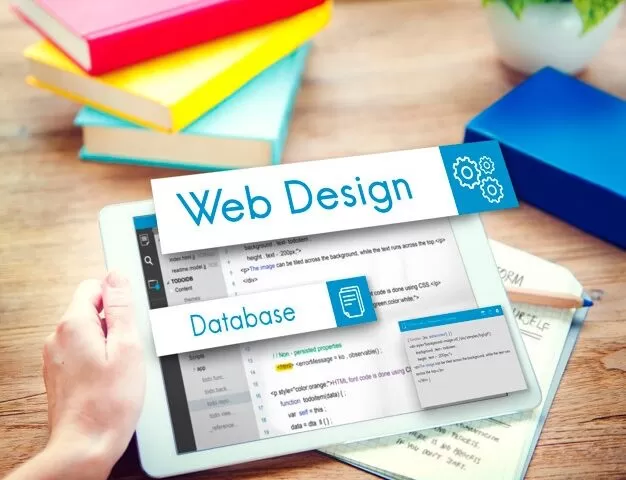You may find that hiring a company to design a website will be extremely costly. Will you be able to afford changes if you don’t like what they produce? There’s a possibility that they might not design it the way you envisioned. You are the only one who knows exactly what you are looking for in a website. If you want your website to meet all the goals you have for it, learning a bit more about web design will help you achieve a satisfying result.
Make sure the combination of colors your site uses is attractive and makes the site easy to read. Make sure that text can be easily read against background colors. A dark color for foreground text against a light background is often more readable for most audiences. If you can’t decide if the colors are right, ask someone you know for feedback.
Visitors will enjoy your website if they can navigate it easily. Make all links prominent and easily located. Menus can make navigation on your site easier. Please link back to the homepage from every other page on your site; this makes it far easier for users to get around.
Don’t overuse graphics. Graphics are important to make your website look well-designed and professional, but if you use too many, it looks cluttered. Graphics should be used to improve the site, not overdecorate it. Having the right mix of graphics will also improve your site’s usability.
Test your site to see if the major translation services work properly when translating your site. Some sites receive many international visitors, and these visitors sometimes use services like BabelFish and Google Translate to translate the text into their language. Certain web design problems, especially poor server-side code, can break these services.
While you might be inclined to add a lot of bells and whistles to your website, flashing graphics, loud music, and neon colors will distract from the purpose of your website. Visitors who are bombarded by too many sights and sounds might be inclined to leave your website before they even start browsing. Keep the colors simple and the content relevant, and your website design will be a winner.
If you want your site visitors to spend as much time as possible on your site, make text easy to read. One of the most common design mistakes is using graphic backgrounds with patterns or dark colors; combine this with equally dark text and have a recipe for disaster. Unless the text is clear and easy to read, your site will not be a success.
Test your website in the most popular browsers and platforms to ensure that it displays correctly. Sometimes scripts that work in one browser may not produce the same results in another browser. So you may need to take extra measures, like adding a function for browser detection, to ensure that your website will display properly under most conditions.
Minimize the amount of clicking or scrolling visitors must do to access information. The more a user has to click or scroll around to find the information they seek, the more likely they will give up looking for it. Aim to have at least 400 words on every page of your site by combining pages with content that falls below this number of words.
Provide a navigation menu on every page of your site. While this menu does not have to link every page of your site, as this could be an exhaustive list if you have a very large site, it should provide links to the main pages. This ensures that your visitors do not have to return to the home page and start completely over when it is not necessary.
Creating a site map is an important part of the web design process. A site map is an effective way to inform visitors of the various kinds of content your website offers and is a great tool for navigating your website. Search engine crawlers will also utilize your site map for similar reasons, and therefore, including a site map will help boost your search rankings. Make sure your website has a site map and that it is through.
Stay with a basic layout and not all that confusing so that you don’t confuse yourself. Do this so that you get the basics down first, then try your best to upgrade to an intermediate site and progress to a more advanced site in the end.
There are undoubtedly several existing site styles and designs that appeal to you, but it’s essential to harness your unique creativity. Come up with your ideas and features or improve upon some that you admired on other sites. This is essential for you if you hope to be the best designer.
When you design a site, find specific individuals among your target audience and ask them what they want to see. You can use this to help with your site’s design and to put features on it. The advice you glean from your target market will prove to be invaluable.
Site maps are an excellent piece of technology that allows users and search engines to better view your site’s functions and layouts without extra work. Please include a link to your sitemap from the homepage and leave it simple. The sitemap doesn’t need fancy graphics or fonts. Just layout your website and update it when needed.
Confirm with your web host that video-hosting is acceptable if that is a feature you want on your site. Many hosts restrict videos from being hosted on their servers. They do this because FLV files can take up quite a bit of space on a public server. Just make sure you check before doing this not to waste a lot of time and effort.
Conclusion:
Web design is simple and something that can translate what you desire with just some code lines and clicks. The advice in this article are suggestions that can help you create the wonderful website that you want. Use all tips as directed.




